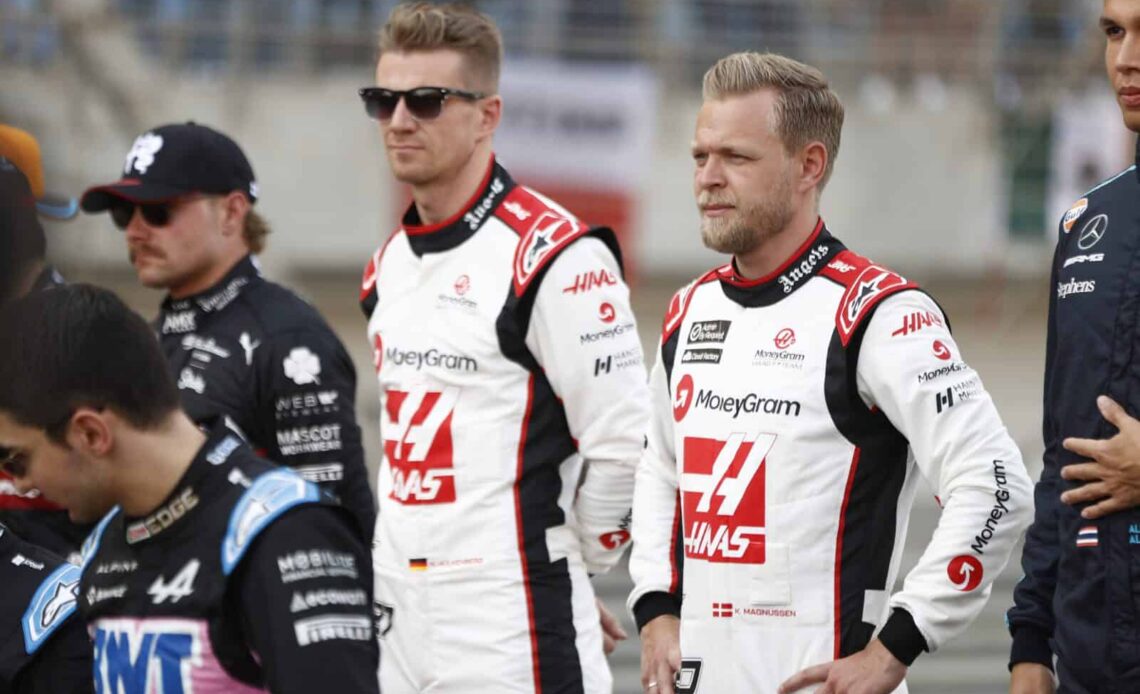The most exciting aspect of this year’s Saudi Arabian Grand Prix was, in many ways, a gigantic highlight of what has gone wrong with the current rules package in Formula 1.
Many people will point to Red Bull Racing’s total dominance in the series as the key problem that needs to be solved to make the races exciting again. That’s not a crazy statement, as Red Bull’s run has been particularly dominant, even in a series that tends to have these eras.
What was once hailed as the hallmark of F1 dominance, Ferrari’s 2004 car, the F2004, still lost three of the 16 races it competed in. Compare that to the RB19, Red Bull’s 2023 challenger that only lost a single race out of 22 last season.
But arguably, the issue is more about how many upper-tier teams there are now. Red Bull should at least win every race, but Mercedes, Ferrari, Aston Martin Aramco, and McLaren should all aim to get points every race. And they should all get it by a country mile.
In Saudi Arabia, nine of those 10 drivers finished. Those drivers took the top 9 positions, with the ninth-place finisher, Lewis Hamilton, finishing +47.391s behind the race winner. And yet, 10th finished +76.996s behind the race winner- an almost 30-second gap.
The gap between Max Verstappen and the highest finishing non-Red Bull driver, Charles Leclerc, in third, was +18.639s in comparison, or almost a full dozen seconds closer.
This wouldn’t be that big of a deal if it weren’t just the top 10 finishers scoring points, but that’s how it is now in F1. Points are just so incredibly hard to come by for the back half of the grid this and last year.
Last season, Williams was 7th in points with just 28 points. In 2018, as an albeit cherry-picked example, Williams would have only placed ahead of themselves with 28 points. Mercedes and Ferrari were well ahead of the rest of the field, but everybody else could get points on a really good day. That’s not the case with sixth on back in team points now.
F1 expanded to 10 finishers getting points starting in 2010 due to less attrition. Back in the early days of grand prix racing, only a handful of cars would finish every race. That wasn’t the case come 2010, and it definitely isn’t the case now.
There were just two drivers who dropped out of a race early in 2024, both coming in Saudi Arabia after everybody finished in Bahrain. It’s clear that there really does need to be more than 10 cars getting points every race in…
Click Here to Read the Full Original Article at …

